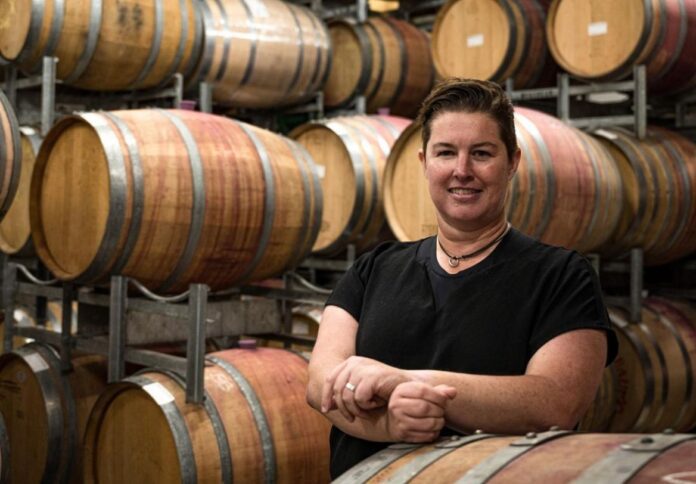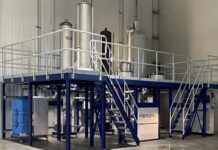
A University of Adelaide project investigating a more efficient method of finishing wines has received $1.14 million in funding from the Australian Research Council (ARC).
Led by University Professor Kerry Wilkinson, the project aims to save the Australian wine industry tens of millions of dollars each year.
The study will explore clarifying and stabilizing wines to prevent unwanted physical or sensory changes between bottling and consumption.
The ARC funding will support the project for over four years as part of the ARC’s Mid-Career Industry Fellowship scheme, enabling it to investigate the potential winemaking applications of membrane filtration.
“I’ve been working with VAF Memstar on a range of membrane filtration-related applications for some time, from dealcoholisation to smoke taint remediation,” Professor Wilkinson said.
“It is apparent that membrane filtration offers a viable alternative for several stabilisation and clarification applications, particularly phenolic management. And we’ve made some good progress with protein stabilisation as well, but we haven’t quite solved that one just yet.”
The process, called finishing, currently uses additives like bentonite and activated carbon to remove wine constituents such as phenolic compounds responsible for astringency, bitterness, and browning.
This process also eliminates volatile compounds arising naturally or from spoilage, contamination, and taint.
Fining agents like bentonite are often not selective. It affects elements in wine that create the aroma and flavour that consumers enjoy, inevitably causing some product loss during the process.
“The use of bentonite and other fining processes can lead to 2–10 per cent of wine being lost in the process, costing the Australian wine industry around $100 million each year,” said Professor Wilkinson.
“New methods that ‘finish’ wines rapidly, with higher recovery rates, and reduced waste and input costs are therefore needed.”
When wine passes through the membrane filtration, it fractionates, with larger molecules remaining on one side of the membrane and smaller molecules passing through.
Only a small amount of the wine constituents that create negative features in wine pass through the membrane, requiring less treatment with additives like bentonite, reducing the amount of wine lost in the process.

















